The city of Munich is perfect for a weekend getaway. Because of this, in order to enjoy the Bavarian capital as an authentic Bavarian, a little preparation (something very Germanic) is necessary. It is said that the devil’s steps are here.
I arrived at the Bavarian capital by train from Berlin. And I must say that the train station overwhelmed me for a moment. The number of people, the hustle and bustle, the loudspeaker voice … everything! Something that also caught my attention about the train station is that it is surrounded by homeless, drunks and loads of police. So, I thought I was in a city of enormous proportions, but the truth is that Munich is a pretty small city.
Munich likes you
When I used to think about Munich, I had certain images: the incredible football team, the 1972 Olympic Games, beer and Oktoberfest. I liked seeing that the city is much more than that.
The motto of the city is München mag Dich (Munich likes you). And honestly, it’s a city that offers an incredible mix between city and countryside. The metropolitan area includes some localities near this city.
Between art and beer, Munich is like a town sitting between hills
– Heinrich Heine –
The first thing to keep in mind is that it is the third city in Germany and the capital of the Bavarian region, Munich is one of the most tourist friendly cities, and perhaps one of those with the best quality of life in Europe.
Together with Berlin, it is the capital of German culture. In addition, the main German companies such as BMW, Allianz and Siemens are based here.

A modern economic center
Munich is a modern economic center. The local government encourages the development of high-tech industry and research projects in the fields of biology, information technology, aerospace and automotive.
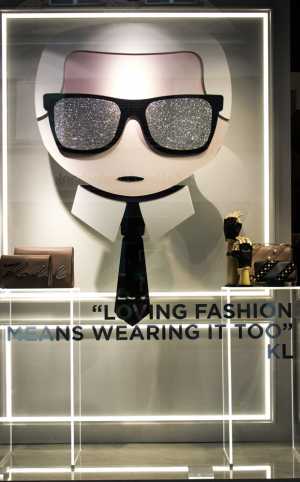
Like everything in Europe, this is a city steeped in history behind its back. The Vindelicios celtas inhabited the region of Bavaria. Other settlers were the marcomanos, the suevos and the boios. These, who had been expelled from Bohemia by the Marcomans, settled in the area they called Boiaria, origin of the Bavarian term.
The city was founded in 1158 by Duke Henry the Lion, next to the bridge built on the river Isar for the transport of the important medieval salt trade. The grounds were owned by monks and they took the name of “Munchen”.
In 1504, Munich became the capital of the Duch of Bavaria. And in 1516 the Beer Purity Law was published, which would have such a great impact on the future of the city. This law established that beer should only be made from three ingredients: water (preferably from the slope), malted barley and hops.

Sadly, the city was the birthplace of the Nazi movement and the scene of Hitler after the First World War. Exactly in March of 1933 the Nazis seized power in Munich, making it the ideological center of National Socialism. In 1938 the “Munich Conference” was held in the city in which the division of Czechoslovakia was agreed.
Munich suffered great damage in the bombings of 1944. On April 30, 1945 American troops occupied the city. After an intense rehabilitation, the city was perfectly rebuilt and became one of the most attractive and popular tourist destinations in Germany.
Conservative and traditional are the words
Changing topic I must say certain thngs. The people in this city are very conservative. They are extremely religious. For example, on January 6th, many come out dressesed as the three wise men. This impressed me. Although there are different transport systems, the Sbahn lines always have a fault, a problem, a delay.
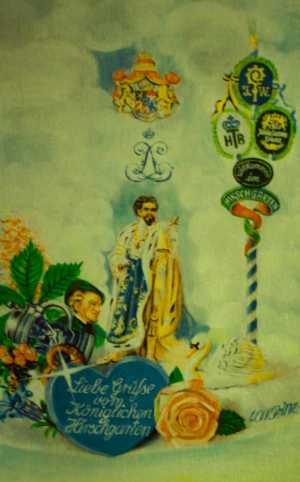
On the other hand, it is really interesting to know that the so-called “may trees” (“maibaum”) were created because of confused tourists. They are informative (and festive) poles that were traditionally placed at the entrance of the localities of the Bavarian region to inform those who arrived about the characteristics of the place.
The capital of the Bavarian region has a remarkable architectural and natural beauty. Munich shows a perfect combination between modernity and tradition. It is a cosmopolitan and modern city that, at the same time, maintains many typically Bavarian traditions. And this is reflected, too, in its architecture.
To move around Munich, I would recommend walking. It is a compact city and can be explored perfectly on foot: in 15 or 30 minutes you can visit several areas of the city. There is also the option of the bicycle and of course, public transport. That’s right, in my experience, public transport in Munich is a bit expensive and it always has delays.
Looking for the devils footsteps
When I started to find out about this city, I came across a magnificent legend, which tells that the devil visited one of the most emblematic churches in southern Germany. I visit the Cathedral of Our Lady of Munich.
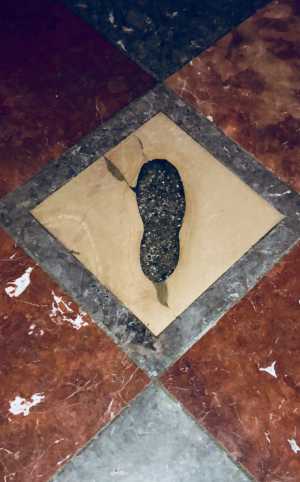
Upon entering, it was placed in the only place from which none of the side windows could be seen, and the front window was covered by a Renaissance altar that was removed in 1860. The devil mocked the church and its lack of windows, but taking a step further and seeing the large stained glass windows that give light to the temple, he got angry and began to blow, trying to tear down the church.
This stayed in my mind and while I was getting to know the city, I was desperately searching for proofs of that legend. And it is hard to believe that in a city where the bells ring every hour, it is believed that the devil walked through its streets and stayed in one of its churches.
My recognition of the city began in what is considered the nerve center of München, Marienplatz. The facade of the cathedral looks towards this square, and right next to it we see another beautiful building, the Rathaus (town hall). The big clock of the tower (Glockenspiel) is one of the attractions of the city: a large device decorated with Bavarian motifs that starts at 5 o’clock in the afternoon.
Since the founding of the city, the Marienplatz is considered the central square of Munich. The New Town Hall, of Neo-Gothic style, dominates this “nerve center”, seat of festivities and political acts. A few meters from Marienplatz, Viktualienmarkt is the most popular open-air market in Munich. It has been in operation since the beginning of the 19th century and since then it has been expanding until reaching its more than 22 thousand square meters. There are 140 vendors offering all kinds of foods such as fresh fruits, vegetables, seafood, cheeses and herbs, among other products. In addition, in Viktualienmarkt there are restaurants and several traditional and folkloric events that can be enjoyed at different times of the year.
To have an aerial view of the city, it is possible to go up to the church of San Pedro. The climb is 299 steps, there are many, but the view is unique. If the weather is adequate, you can see the Alps.
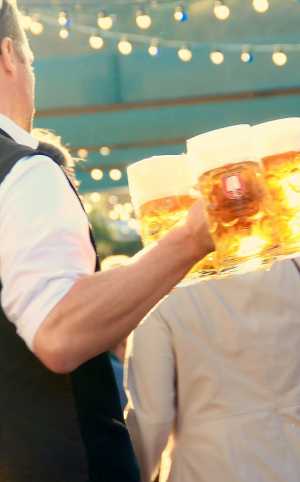
Hofbräuhaus is the most popular attraction in Munich and the best-known beer restaurant and mentioned in songs. Every day around 10,000 liters of beer are served. It was founded in 1591 by Herzog Wilhelm V and they had to expand the restoration area by increasing its popularity.
There are hundreds if not thousands of breweries. And, the peoplr that work there, are in my poit of view, impresive. The fact that they manage to hold several jugs of beer in one hand blows my mind. Many times, five in one hand and four in the other while they walk.
Hirschgarten is great. It has the buggest beer garden in Germnay. It can hold up to 8.000 people, that may sit under the shadows of trees or in different rooms, decorated with a bavarian style. It is at the Hirschgarten park (deer garden), there are a geat number of deers here.
The gates of the city, old access entrances to the place, are still there. There are still three of Medieval times, Karlstor, Isartor or Sendlinger Tor.
Nymphenburg Palace was the former residence of the Wittelsbach house. And for many, it has become one of the must-sees. It is full of small lakes and hidden mansions.
The English Garden, or Englischer Garten, is located in the center of Munich, northeast of the Isar River and is one of the largest urban parks in thworld. It was inspired by English gardens, designed in 1789 by Benjamin Thompson, and then enlarged by German landscape painters Reinhard von Werneck and Friedrich Ludwig von Sckell. In total, they are more than four square kilometers, divided by the Isarrings road, where there is abundant vegetation, lakes, statues and sculptures. It is really extensive and beautiful.
Within the park there are attractions such as the China Tower, the Japanese Tea House, the Greek-style building Monopteros and numerous outdoor beer gardens. One particularity is that the Eisbach River flows in the garden, unique in the world for forming a permanent wave of one meter in height to which numerous surfers go.
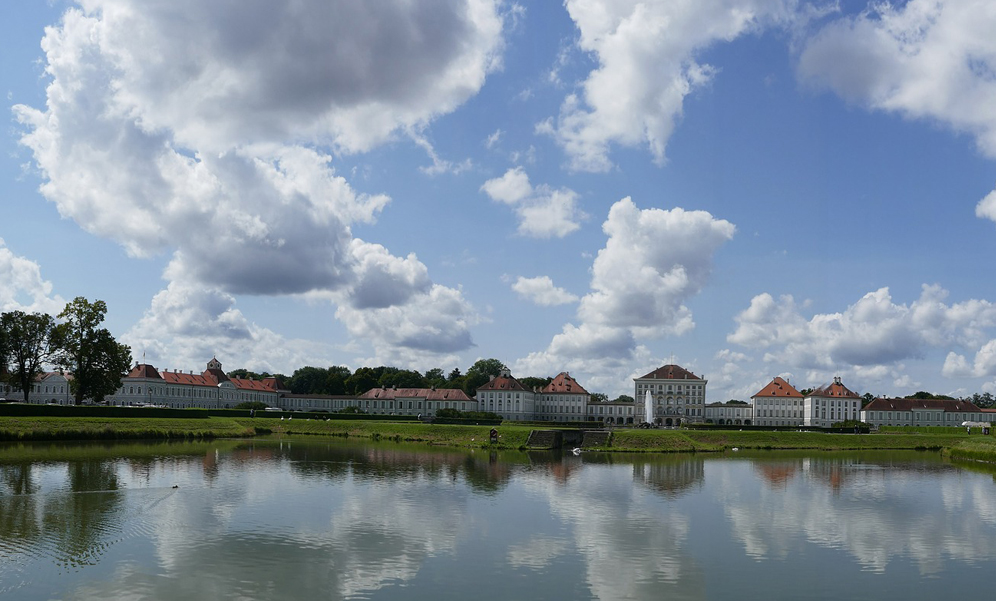
About art
I was glad to know that Munich is also a city of great musical tradition. In its streets we find traces of three great composers: Mozart, who cultivated his first applause here; Richard Wagner, who developed his operatic work here; and Richard Strauss, very critical of Nazism, the regime that he had to live.
To the west of the English Garden you can find a unique set of the three pinacotheques of Munich, the Alte Pinakothek, the Neue Pinakothek and the Pinakothek der Moderne, which in turn are part of the Kunstareal (Art District of Munich).
The city has three fabulous art galleries.
Pinacoteca Antigua: is one of the oldest art galleries in the world and home to more than 800 European masterpieces from the Middle Ages to the end of the Rococo. Pinacoteca Nueva: houses works of art and sculptures from the late 18th century to the early 20th century. Pinacoteca de Arte Moderno: is the largest museum of modern art in Germany and focuses on twentieth-century art, including photography and video.
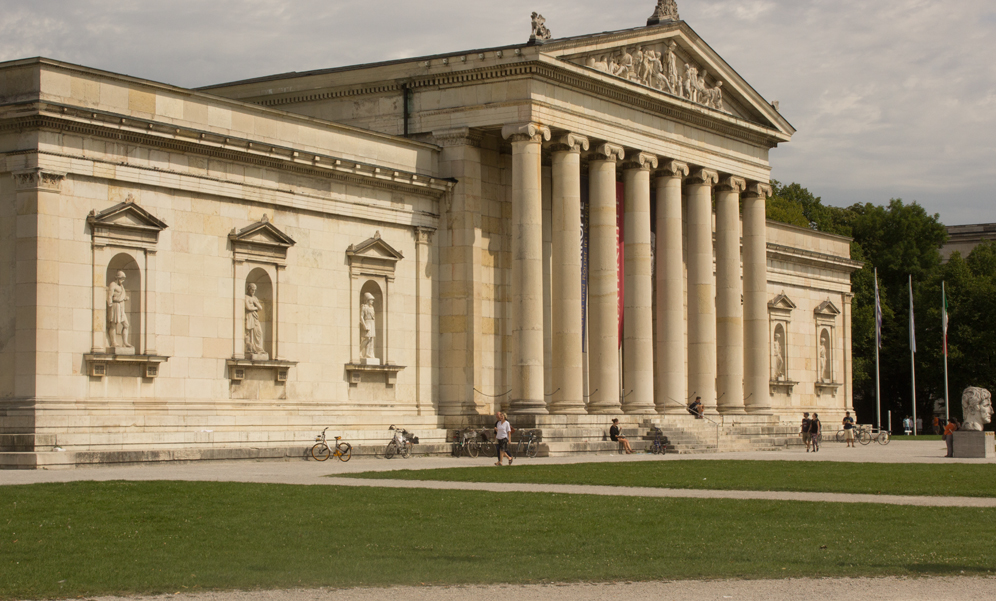
One of the places that impressed me the most was the Maximilianeum Foundation (Stiftung Maximilianeum). It was conceived in 1852 by king Maximiliano II. The first thing we should note is that the building is beautiful and it takes your bereath away.
It is an institution in Munich where gifted students may live there while they attend the university. They are ale to stay until the y finish their Bachelor. Further more, they have the opportunity to study abroad and take part in language courses. It must be noted that they have to overcome several exams and selection procedures in order to call this imressive XIX century building their home.
It is a big town
Finally I arrived at the Cathedral of Our Lady of Munich, known as the Frauenkirche. It is one of the most important tourist buildings in Germany. Located in the center of the city, this Gothic building was designed by Jörg von Halsbach and erected between 1468 and 1488. It is a religious monument 109 meters high and 40 meters wide. It has a simple façade dominated by red brick and the two towers of 99 meters high stand out.
The interior shows the entrance of the Teufelstritt, or “Footprint of the Devil”. It is a trace that, according to legend, would have been left by the devil during his passage through the temple. According to the legend, the Devil left it when he was browsing, making fun of the windowless church that Halsbach had built.
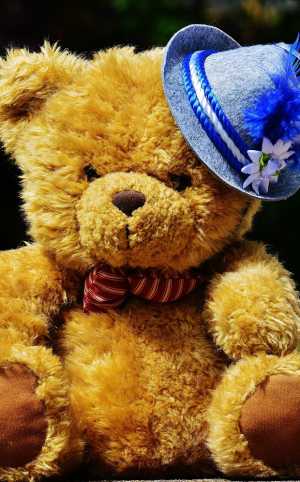
I was surprised that not all Munich citizens know it and few take it. The Bavarian breakfast. Half a liter of beer and a couple of white sausages with mustard and a brezel. So, to start the day.
Confined to the most traditional breweries in the city, the traditional Bavarian breakfast is one of the many peculiarities of Munich cuisine. Simple and forceful.
Although most restaurants open around 10 o’clock in the morning, the usual thing is to eat it first thing in the morning, and in many Munich locations it is impossible to order a white sausage after midday.
I had been told that Munich was like a town, big, but after all, town. A perfect example is the fact that the drivers of the buses wait for the passengers if they see them running, a situation that does not happen in Berlin where they close the bus doors in the face of people.
In this part of Germany (Bayern, Bavaria), time passes slowly and traditions are to be respected. Munich is a modern city where the past and the future unite and try to live in harmony. It’s worth coming to Munich.


